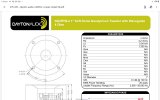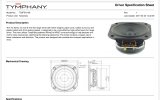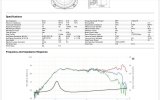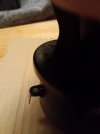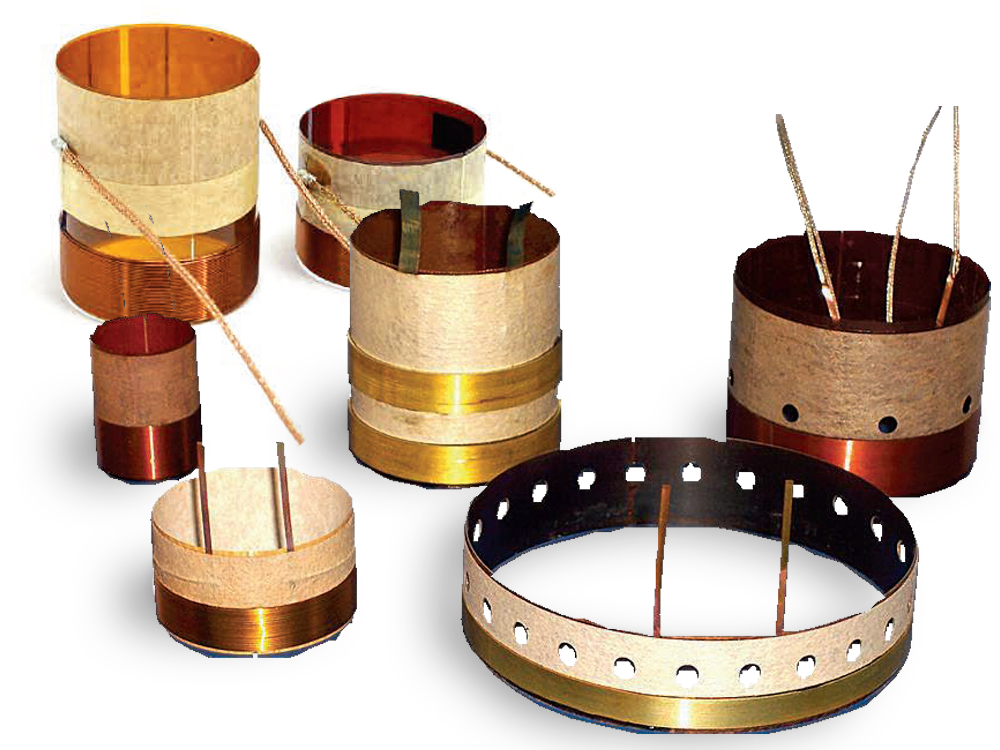MAB
Major Contributor
I was thinking about this... Agreed that driver manufacturers have tolerances, like +-5% or 10%. But, I actually don't expect within a manufacturing run or even from run to run to see big differences, especially not as large as OP sees here (7%). I've measured every driver I ever used, and in my admittedly limited experience I don't see DCR mismatches as large as OP. So maybe I am a bit alarmed at this delta. To try to prevent raising a false flag, I measured a bunch of drivers I have lying around. All but one are used.Few driver manufacturers do actually spec a tolerance on DCR but one that does, PHL Audio, usually have a +-10% spec, and from my own measurements on batches of drivers I would state you can't expect less than +-5% DCR variation from standard processes used during driver manufacture, so a +-10% spec seems to be a reasonable choice.
In your case, I thus would not loose sleep over it. At any rate, in case of doubt a comparative impedance measurement should be done to check if everything is okay.
Seas W18E001 V1:
| Driver | DCR (Ohm) |
| W18E001 V1 driver_a | 6.220 |
| W18E001 V1 driver_b | 6.153 |
| W18E001 V1 driver_c | 6.069 |
| W18E001 V1 driver_d | 6.057 |
Seas W18E001 V2:
| Driver | DCR (Ohm) |
| W18E001 V2 driver_a | 5.865 |
| W18E001 V2 driver_b | 5.937 |
| W18E001 V2 driver_c (new, unused) | 5.912 |
A/D/S woofer:
| Driver | DCR (Ohms) |
| woofer_a | 3.218 |
| woofer_b | 3.246 |
| woofer_c | 3.218 |
| woofer_d | 3.294 |
A/D/S Tweeter:
| Driver | DCR (Ohms) |
| tweeter_a | 4.022 |
| tweeter_b | 4.224 |
| tweeter_c | 4.206 |
| tweeter_d | 4.211 |
Seas W18 V1 and V2 have different spec sheets, but claim the same DCR. I think quoted DCR is a vague thing of little or no meaning, so I do ignore that. V1 and V2 do have different T/S parameters, and different repsonses. And the two versions means differ by ~0.2 Ohm, but I don't see getting two samples differing by 0.4 Ohm based on random run to run, or even a manufacturing change that requires a new spec sheet. The A/D/S woofers and tweeters have been in four different cars and are over 30 years old and have coils with DCR much tighter than 0.4 Ohm. Add this to the tweeter DCR measurements, I am feeling like 0.4 Ohm is too large for a coil of wire that was allegedly precision-wound!
My thought is it is a coil of wire, the only thing that could go wrong is one tweeter was wound with wire that is 7% larger cross section than the other, or one tweeter got fewer turns on the voice coil (I hope not!). It seems this would be a pretty difference in wire tolerance...
I would consider the tweeters guilty until proven innocent, since if there is a problem it should show up in the acoustic measurements. I am eager to be proven wrong though!


